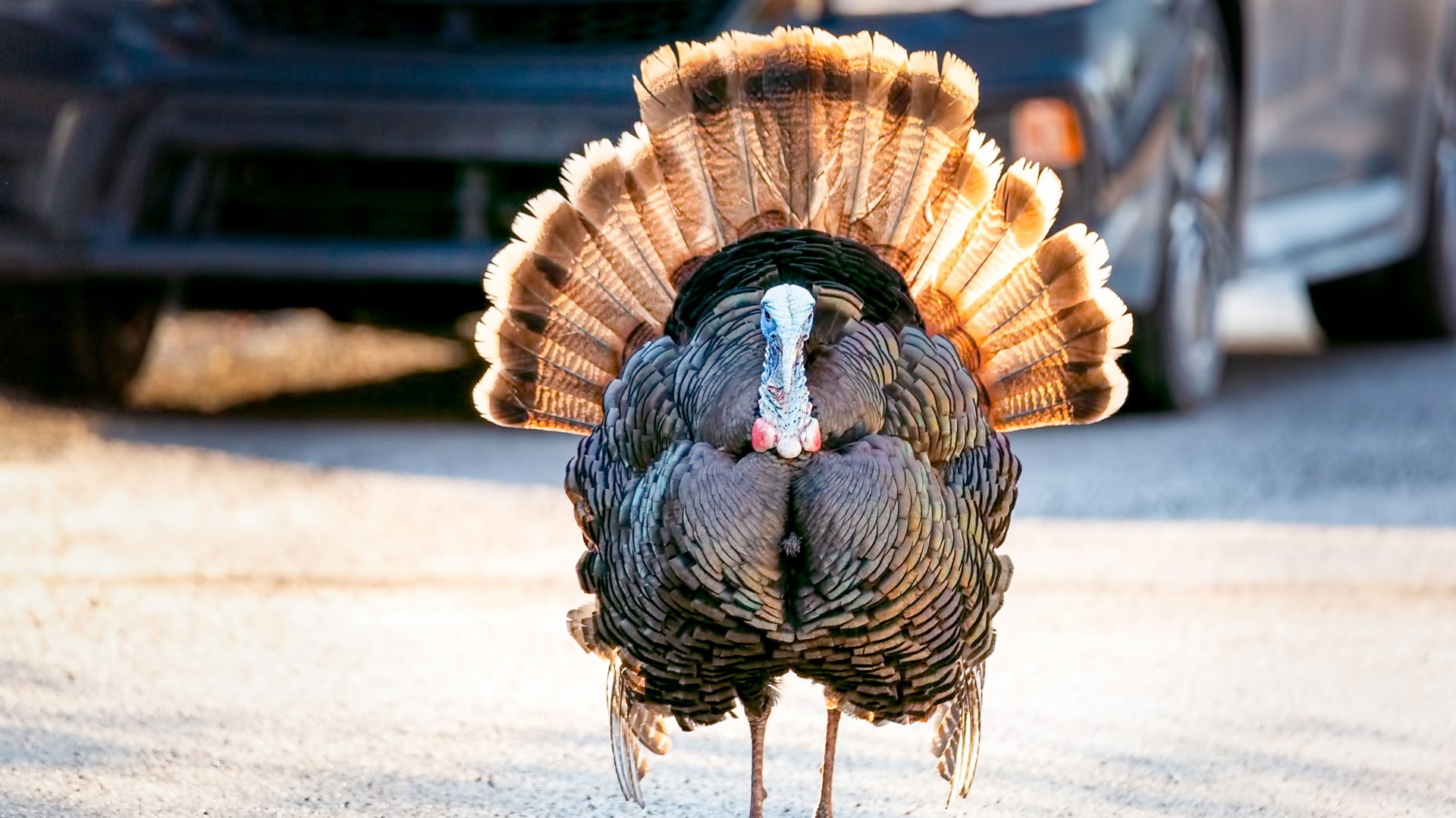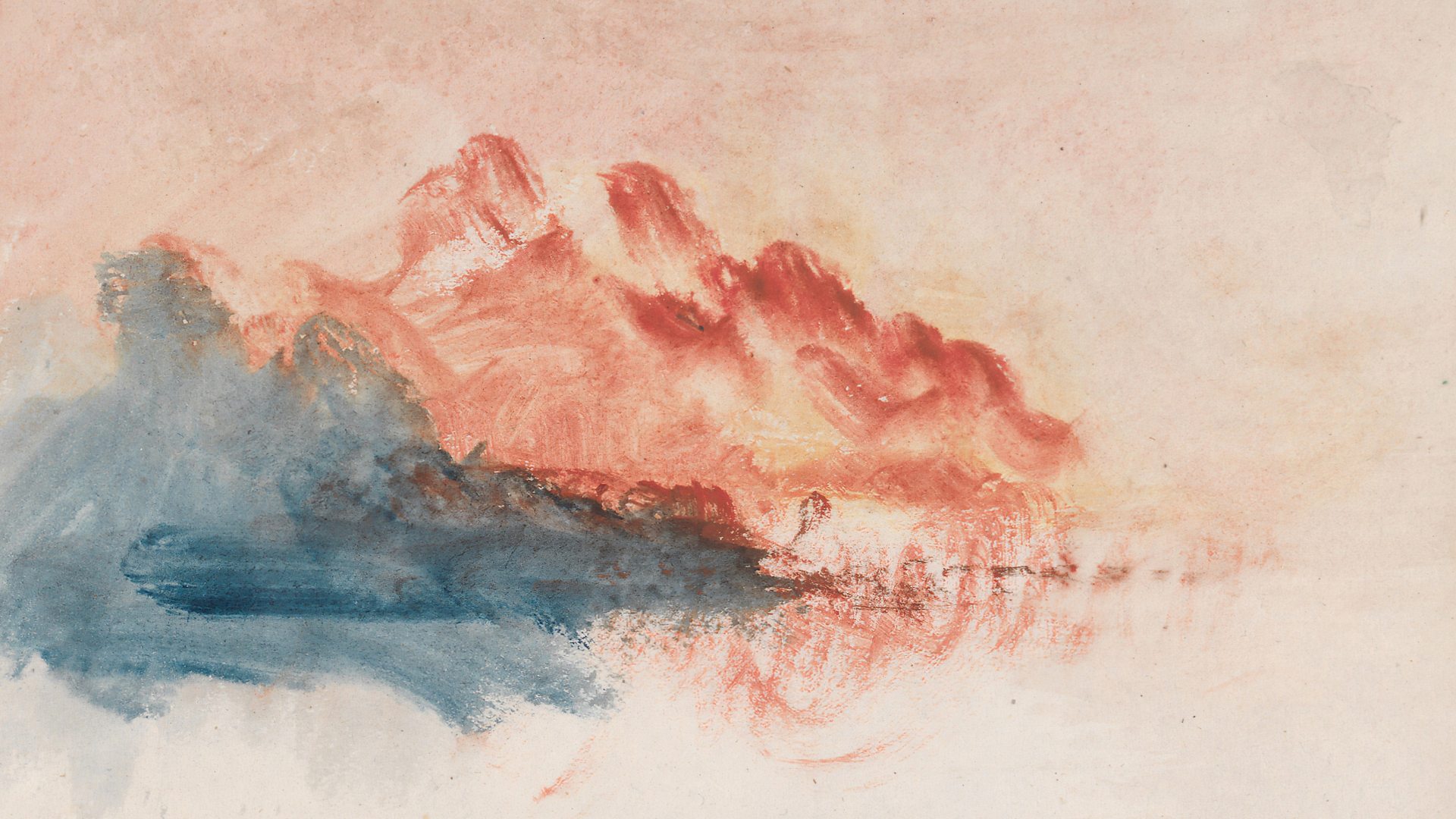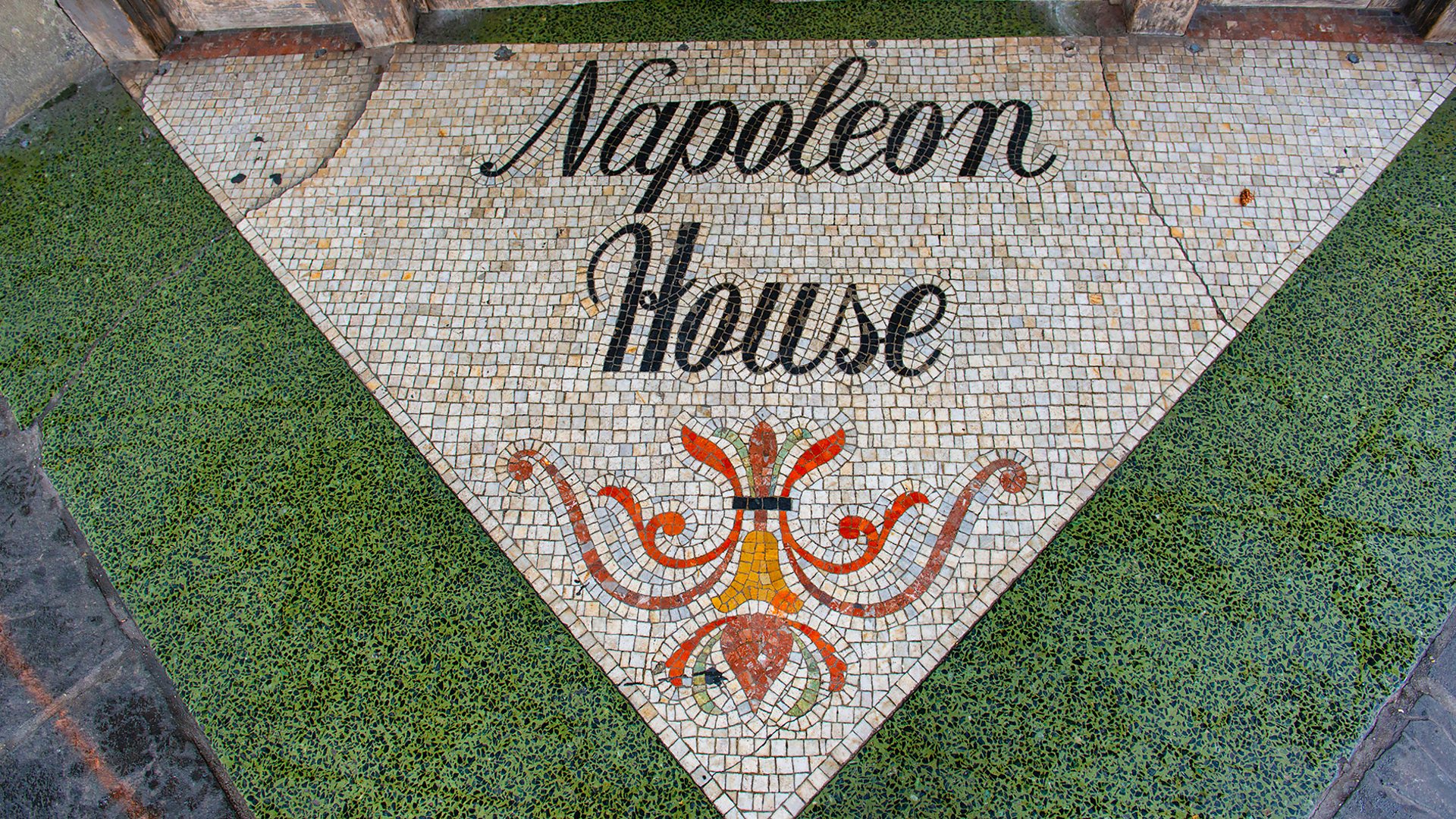Killers of the Flower Moon: Does it do right by Native Americans?
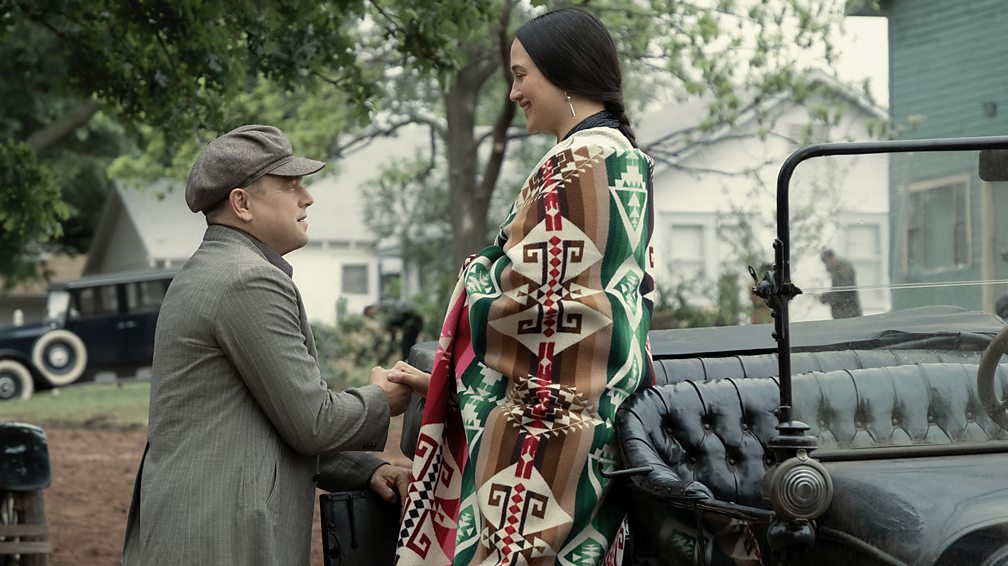
Martin Scorsese's latest film has been heralded as a big moment for Native American representation on screen – but is it really progress? Indigenous commentator Kate Nelson gives her view.
As a Native American woman, I admit I was both excited and apprehensive to see Killers of the Flower Moon, Martin Scorsese's new film about the brutal 1920s murders of the Osage people over their oil-rich Oklahoma reservation lands. I'm not Osage, but I'm also no stranger to the atrocities that Indigenous peoples across Turtle Island have endured, including attempted eradication, forced assimilation, and the purposeful decimation of our traditional ways of life. Even today, the lingering effects of colonialism plague our communities. We die younger, experience inordinate violence, and suffer disproportionate rates of poverty, disease, addiction, and suicide.
More like this:
Adding insult to injury, we're rarely authentically represented in media. That is, when Native characters are shown at all, which is less than 1% of the time in US TV and film, according to recent studies.

As writer and actor Franklin Sioux Bob, a member of the Oglala Lakota tribe, told me about his experience of depictions of South Dakota's destitute Pine Ridge Reservation, "Most white directors just want to show the poverty porn." (His recent film, War Pony, which he co-wrote with fellow tribal member Bill Reddy and directors Riley Keough and Gina Gammell, was a corrective to that.) Put another way, our stories have been told about us rather than by us, often resulting in problematic portrayals that feed into stereotypes and paint us as relics of the past.
For months, Killers of the Flower Moon has been heralded as the movie that would change all of that – the first feature film to honestly depict Indigenous genocide. Scorsese has been commended for earning the trust of Osage tribal leaders and engaging them to shepherd their horrific history onto the silver screen. As I settled into my cinema seat to take in the three-and-a-half-hour epic, I couldn't help but wonder: did Scorsese get it right?
A mixed bag
The answer to that is complicated. First, it's an undeniable accomplishment that this movie was made by a major studio with a major player like Scorsese. So too is the fact that the famed filmmaker had the wherewithal to rework the script from its source material, David Grann's bestselling book Killers of the Flower Moon: The Osage Murders and the Birth of the FBI, to focus less on the FBI investigation and more on the Osage plight. And I can't overstate how absolutely thrilling it is to see so many Native talents on the big screen, including Lily Gladstone – winning acclaim for her portrayal of Osage survivor Mollie Burkhart, whose family was targeted – but also Tantoo Cardinal, Cara Jade Myers, JaNae Collins, Jillian Dion, Tatanka Means, and many others.
But doing the story justice in its fullest, richest form would mean centring the Indigenous experience, which the film fails to do. I was relieved to hear Osage language consultant Christopher Cote, who worked on the movie, express this exact sentiment at the Los Angeles premiere. "I really wanted this to be from the perspective of Mollie and what her family experienced, but I think it would take an Osage to do that," he said. Herein lies the paradox: Native Americans can both be elated that our stories are finally being told yet still wish they were told from our perspective.
Instead of shining the spotlight on Gladstone's Mollie, the film focuses on her husband (Leonardo DiCaprio) as he schemes alongside his uncle (Robert De Niro) to steal her family's oil riches. On the face of it, this is not a wholly wrong or unexpected approach, especially considering Scorsese’s back catalogue, with its focus on corrupt men. But it does position the white perpetrators as the protagonists of the plotline while pushing the Osage people to the periphery. The movie also noticeably neglects to mention the harmful federal policies that have oppressed and exploited Indigenous communities, such as the acts that exiled the Osage to Oklahoma in the first place.
Here's where it gets even more complicated. One could argue that the only way to accurately tell Native stories is to have Native creators tell them. After all, the acclaimed TV series Reservation Dogs, which recently finished its third and final season, proved how powerful that approach can be, with its all-Indigenous team of writers, directors, and regular actors.
But I'm not naïve to the fact that there’s a sizeable segment of society that's far more likely to watch Killers of the Flower Moon or even Yellowstone than they are to tune into Rez Dogs. Or the reality that white male directors and showrunners like Scorsese and Yellowstone's Taylor Sheridan have access to opportunities and resources that many Native creatives sadly don't. Which leads us to this question: is it better to have Americans – who have largely remained ignorant to Indigenous injustices – see some authentic Native representation, even from a white gaze, rather than none at all?
The progress needed
However, Gladstone herself has debunked this false dichotomy. "There's that double-edged sword," she told Vulture. "You want to have more Natives writing Native stories; you also want the masters to pay attention to what’s going on. American history is not history without Native history."
Wrestling with my thoughts about the film, I sought counsel from trailblazing playwright Larissa FastHorse, a member of the Sicangu Lakota tribe and the first Native woman to produce a play on Broadway. "I believe non-Indigenous creators can help tell Native stories as long as they're uplifting tribal communities and giving them voice in the process," she explained to me.
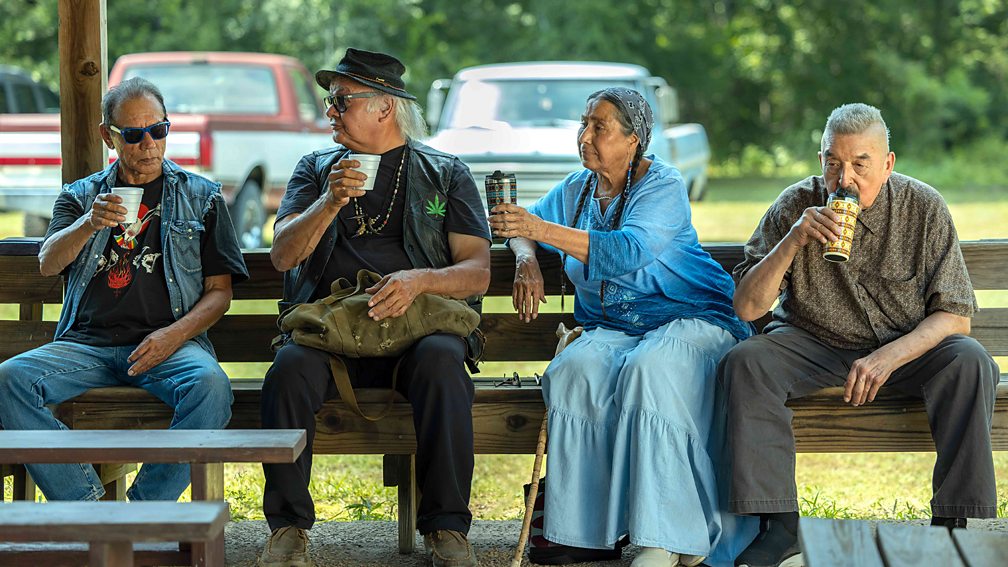
Despite my disappointment about the disproportionate screen time DiCaprio and De Niro receive relative to Gladstone and her Native co-stars, it's irrefutable that Scorsese has achieved that. "The film lays bare the truth and injustices done to us, while challenging history not to be repeated," Osage Principal Chief Geoffrey Standing Bear said in a statement. "We honour our ancestors who endured this time by continuing to survive and ensuring our future."
In the end, righting all of Hollywood’s historical wrongs is a heavy lift, even for a heavy hitter like Scorsese. And that's not what he set out to do here, even if it's the unrealistic expectation many people have unwittingly mapped onto this movie.
So when it comes to Native representation, is Killers of the Flower Moon perfect? No. Is it progress? Yes. The film meaningfully moves the entertainment industry forward, making a strong statement that it's no longer acceptable to extract valuable assets from Indigenous communities – whether that be our stories or our natural resources – without our consent and input. Let's hope this is the first of many feature films produced by and with Indigenous peoples that tell our stories in all their uncensored, uncomfortable, and undeniably complex beauty.
Killers of the Flower Moon is out now
If you liked this story, sign up for The Essential List newsletter – a handpicked selection of features, videos and can't-miss news delivered to your inbox every Friday.
If you would like to comment on this story or anything else you have seen on BBC Culture, head over to our Facebook page or message us on Twitter.
